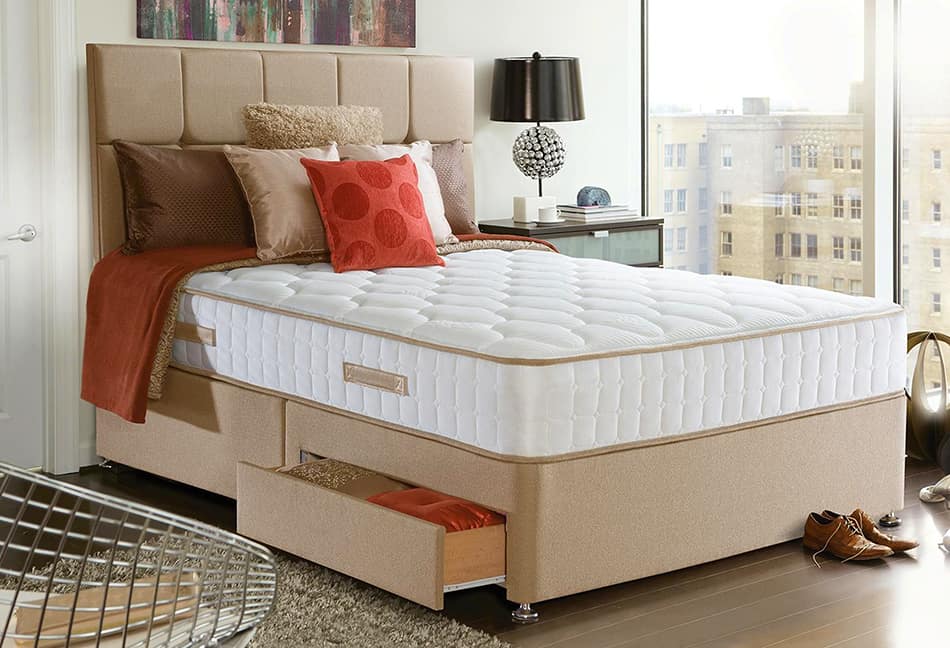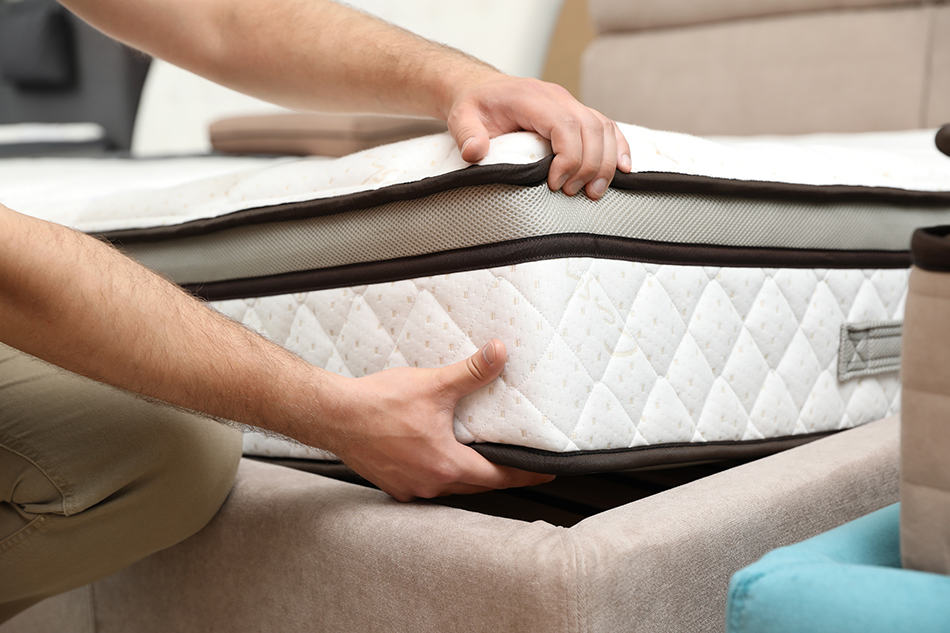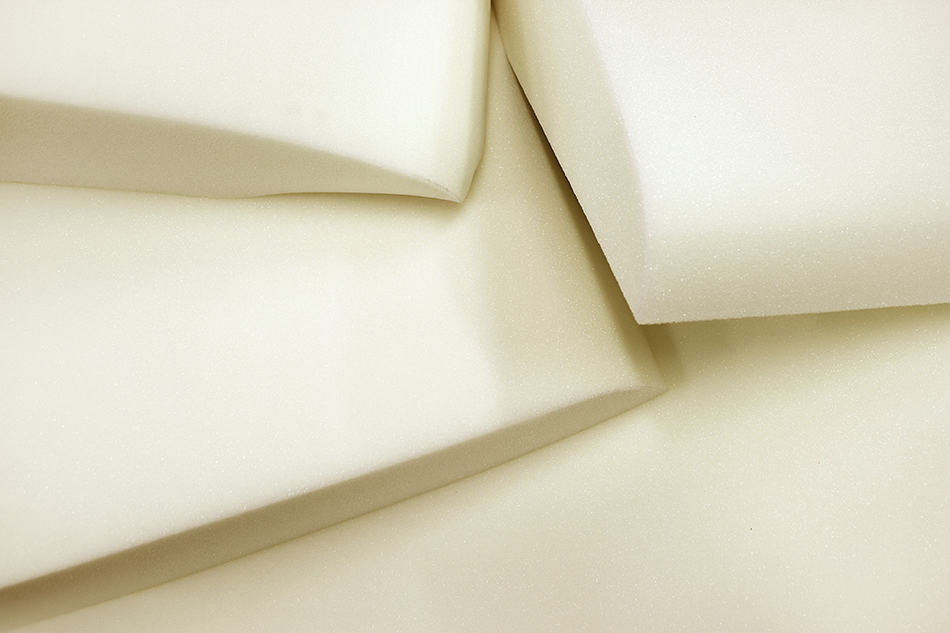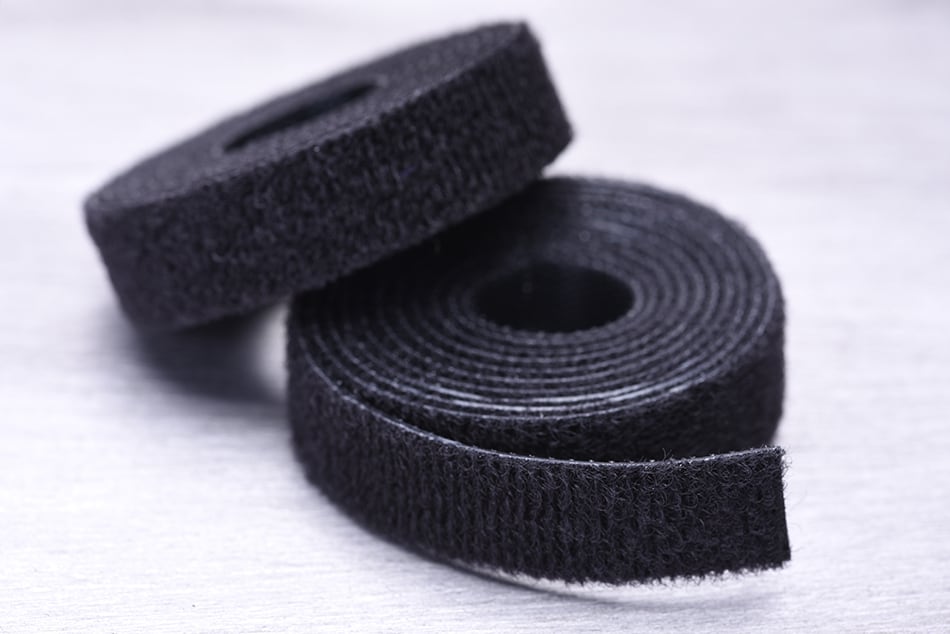There is nothing more frustrating than your head or pillows slipping through the gap between mattress and bed frame. While this gap might be a small annoyance, it can pose a safety hazard for small children. If they get their necks caught between the bed frame and mattress, in the worst-case scenario, they can break their neck.
To avoid causing you or your child some issues, there are ways to fill the gap between the mattress and bed frame. Whether the cause of the gap is the high or low-lying headboard, the following tips and tricks will help you resolve this issue.
Tips on Filling The Gap Between a Mattress and Bed Frame
Inspection and Solution
Start by inspecting the area between the bed frame and the mattress to spot signs of obstruction. If so, remove the mattress from the bed and remove the culprit before putting the mattress back into place.
Another possible culprit could be the improper positioning of the headboard. Stand at the lower part of the bed and try pushing the box spring until it comes into contact with the headboard. In most cases, the gap between the mattress and the headboard can be filled by just positioning the box spring correctly.
If the previous two suggestions don’t fix the situation, remove both the box spring and the mattress. The culprit is more likely to be the bed frame. Protruding edges of the bed frame can hit the headboard and cause a gap. Adjust the frame so that it’s wider than the headboard. This can be done by dismantling it from the middle to widen the frame.
Once you’ve adjusted the bed frame, place a hook into the groove and push the frame back firmly against the headboard. Now put back the box spring and the mattress on the frame so that they are both completely flush with the headboard.
Other Tricks to Fill the Gap
Get a Bigger Mattress
Mattresses are available in different sizes, from single to queen size. Sometimes the gap between the mattress and bed frame is due to the wrong size mattress. If this is the case, replace the current mattress with a bigger one and allow 5 inches extra when measuring.
Block it
If you don’t have the budget for a new mattress, consider blocking the gap temporarily until you can buy a new bigger mattress. To ensure the sturdiest fix, screw multiple 2-inch thick boards on the headboard at the top of the mattress height in order to fill the space.
How many boards you need depends on how wide the actual gap is. You may push the mattress so that it is snugly touching the headboard before fastening the boards.
Add Padding to the Headboard
For a quick and easy fix, add extra padding to the headboard. This can be in the form of upholstered foam placed at the front part of the headboard. Upholstered foam is specially designed for small gaps, and it keeps the pillows in place.
However, bear in mind that the gap will still be there as the foam is to merely hide it. Therefore, it’s not recommended for children’s beds. For a safer alternative, use solid blocks that cannot be removed by children.
Throw Away the Headboard
A headboard isn’t always necessary, and even if you do need it, the board is usually fixed to the wall rather than the bed frame. Sometimes you’ll find that by getting rid of the headboard, there will no longer be a gap between the mattress and the bed frame.
Use Velcro Strips to Stop Movement
If your mattress keeps moving and creating a gap, you can prevent this by placing velcro strips between the mattress and the bed frame. But before you do this, put a non-skid rubber or mat in between the frame and the mattress before sticking velcro strips on them. You may also buy self-adhesive rubber strips. Bear in mind that you will need a few strips depending on how big your bed is. One strip is required for each corner and two for the middle.
Apply Gap Fillers
Wedges are the other effective gap fillers that can hold mattresses in place. These are often made of foam and can either be placed between the mattress and the headboard or on the boxspring and mattress. Wedges come in 2, 4 or 6-inch sizes.
FAQs
Why is there a gap between the headboard and the mattress?
Mattresses come in small, standard, and large sizes. Sometimes gaps appear between the mattress and the bed frame as the bed is the wrong size for the mattress. For example, a king-size mattress needs a full-size bed frame. If this is not the case, a gap will appear between the bed frame and the mattress.
The best way to fill this gap is to add a headboard. Such an addition to the bed frame will give vertical interest and enhance the decorative look of the bedroom. But sometimes, a gap can still appear even after attaching a headboard to the bed frame, as it may not be quite flush with the mattress. To solve this problem, consider placing additional pillows or cushions to fill the gap.
How much space should be between the bed frame and mattress?
When choosing a suitable bed frame for your mattress, measure the mattress dimensions and allow 2-5 extra inches to each side. The extra space is for any additional features like shelves or upholstery as well as the bed frame’s structure.
Can I put the mattress directly on my bed frame?
You can’t place your mattress directly on the bed frame as all bed frames are meant to serve as decorative features of a bed. Some bed frames come with one or two slats as support to the foundation, not the mattress itself.
When you place your mattress directly onto the bed frame, the mattress will sag and feel uncomfortable to sleep on. A foundation, such as a box spring, is, therefore, necessary before the mattress is placed on the bed frame.









